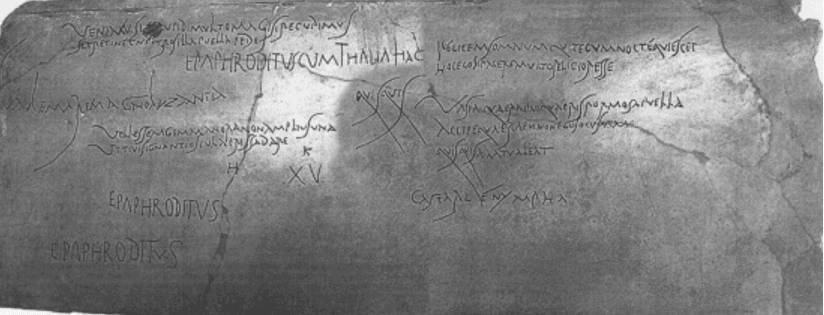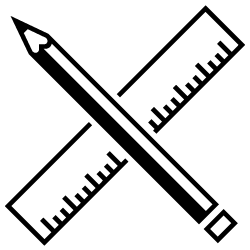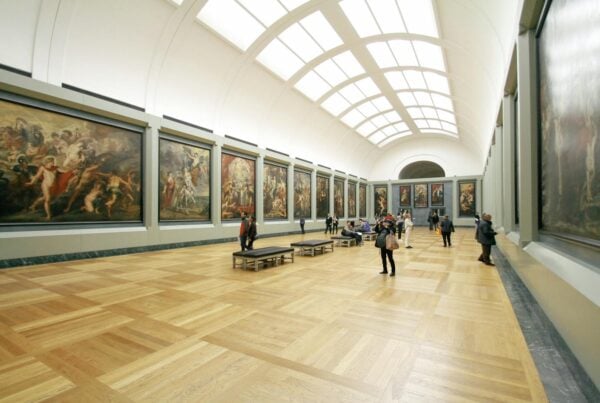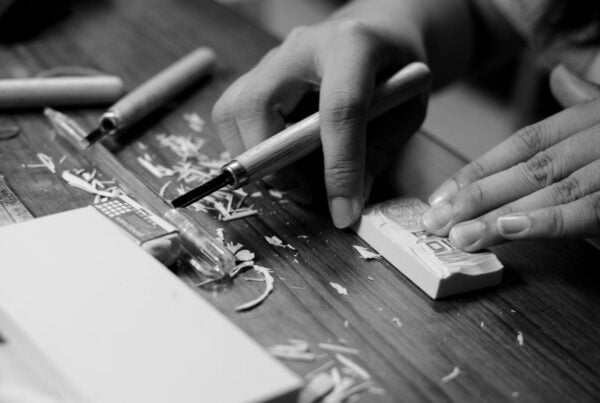Graffiti art, a form of visual communication that has been around for centuries, has evolved from simple scribbles to intricate and thought-provoking creations. This once-underground form of expression has gained significant popularity and recognition over the years, with many artists now celebrated for their skill and creativity. In this article, we delve into the history of graffiti art, highlighting some of the most influential names in the field and providing a detailed comparison between their styles and contributions.
Table of Contents
Early Origins of Graffiti Art
The roots of graffiti can be traced back to ancient civilisations such as Rome, Greece, and Egypt, where inscriptions and drawings were etched onto public walls and monuments. These early forms of graffiti were often used for political, religious, or personal purposes. Over time, graffiti’s role as a means of communication and artistic expression continued to evolve, eventually laying the groundwork for the vibrant and diverse graffiti art scene we know today.

Source Wikipedia
Modern Pioneers of Graffiti Art
As the art form evolved, several notable figures emerged as pioneers in the world of graffiti art. These artists made significant contributions to the development and popularisation of graffiti as a legitimate art form. Below, we explore the works and influence of some of these prominent artists:
- Cornbread (Darryl McCray) Cornbread is widely considered the father of modern graffiti. Born in Philadelphia in the late 1940s, Cornbread began tagging his name on walls and public spaces around the city in the late 1960s. His work inspired a generation of graffiti artists and solidified his place in the history of graffiti art.
- TAKI 183 (Demetrius), a Greek-American artist from New York City, gained notoriety in the early 1970s for tagging his name and street number (183) throughout the city. He is often credited with popularising the modern “tagging” style, which involves using a single color to write one’s name or symbol on a surface.
- Lady Pink (Sandra Fabara) One of the first and most influential female graffiti artists, Lady Pink emerged on the New York City graffiti scene in the late 1970s. Her work often features strong female characters and explores themes of feminism and social justice.
- Keith Haring an iconic figure in both the graffiti and contemporary art worlds, Keith Haring’s work is characterised by bold lines, vibrant colours, and recurring motifs such as dancing figures and barking dogs. Haring’s art tackled various social and political issues, and his influence can still be felt today.

Keith Haring – Source europeana.eu
Comparing Styles: A Table of Notable Graffiti Artists
In order to provide a clearer understanding of the differences and similarities between these artists, a comparison table has been created below:
| Artist | Style & Technique | Themes & Influences |
|---|---|---|
| Cornbread | Early graffiti; simple tags and lettering | Pioneering modern graffiti culture |
| TAKI 183 | Single-color tagging; clean lettering | Urban exploration, popularising tagging |
| Lady Pink | Detailed murals; intricate and colourful designs | Feminism, social justice, empowerment |
| Keith Haring | Bold lines, bright colours, recognisable motifs | Social and political commentary, pop art |
The history of graffiti art is rich and diverse, with countless artists making significant contributions to the evolution of this dynamic form of expression. By examining the works of Cornbread, TAKI 183, Lady Pink, and Keith Haring, we can gain a deeper appreciation for the development of graffiti art and the unique styles and themes that have shaped it over time. As graffiti continues to gain recognition as a legitimate art form, we can expect to see even more innovative and thought-provoking works emerge from this ever-evolving medium.
The Impact of Graffiti Art on Society
As graffiti art gained popularity and recognition, it also began to influence society in various ways. From challenging societal norms and sparking political conversations to providing a platform for marginalised voices, graffiti art has played a crucial role in shaping contemporary culture. Below are some ways in which graffiti art has impacted society:
- Challenging Authority: Graffiti artists have often used their work to question authority and voice dissent. By creating public art that critiques government policies, social injustices, and other issues, graffiti artists have helped to foster debate and challenge the status quo.
- Empowering Marginalised Voices: Graffiti has provided a platform for individuals from marginalised communities to express themselves and tell their stories. Through the creation of powerful murals and other works of graffiti art, these artists have helped to raise awareness about the challenges faced by their communities and to advocate for change.
- Enhancing Urban Landscapes: Over the years, graffiti art has been used to beautify and revitalise urban spaces. By transforming drab walls and abandoned buildings into vibrant works of art, graffiti artists have contributed to the revitalisation of neighbourhoods and the creation of unique, creative spaces.
- Inspiring New Art Forms: The influence of graffiti art can be seen in a variety of other creative mediums, from graphic design and advertising to fashion and streetwear. There are also customisable pin badges that have been created and designed with graffiti art in mind. It can be worn as jewellery as well as expressing one’s artistry and personality! By pushing the boundaries of artistic expression, graffiti artists have inspired countless others to think outside the box and create innovative works of art.
The Future of Graffiti Art
Graffiti art continues to evolve as new artists emerge and technology advances. With the rise of digital tools and social media platforms, graffiti artists have even more opportunities to share their work, collaborate, and connect with audiences around the world. Some creators are even incorporating light and motion into their work, with mediums like LED neon signs becoming a striking way to express urban identity in both public spaces and digital content. As the art form continues to grow and change, we can expect to see even more groundbreaking and thought-provoking creations that push the boundaries of what is possible in the world of graffiti art.”
In conclusion, the history of graffiti art is a fascinating journey filled with innovative artists, diverse styles, and powerful messages. As we continue to explore this dynamic and ever-evolving art form, it is crucial to recognise and celebrate the many contributions made by the notable names that have shaped its development over the years. By doing so, we gain a deeper understanding of the profound impact graffiti art has had on society and the countless ways in which it will continue to inspire future generations.
For those interested in exploring more about the historical context and evolution of graffiti art, there are collections of art history essays that provide in-depth insights and analyses.








